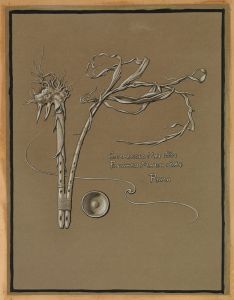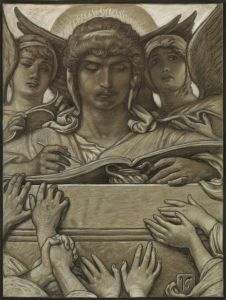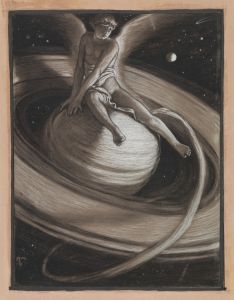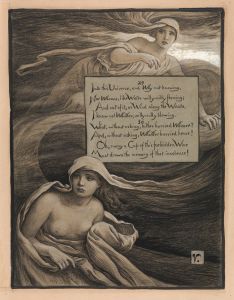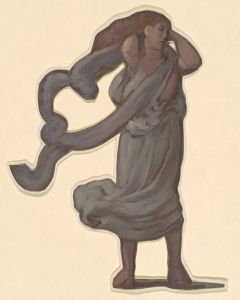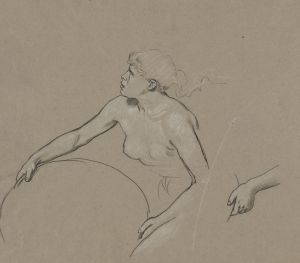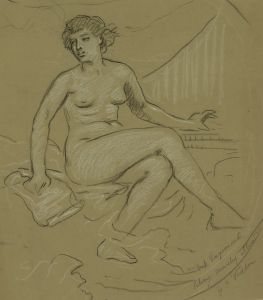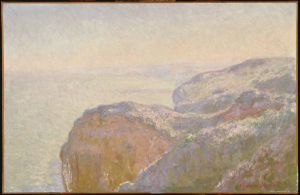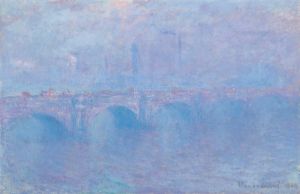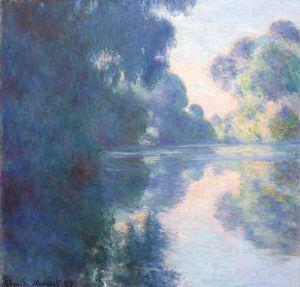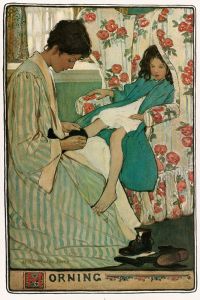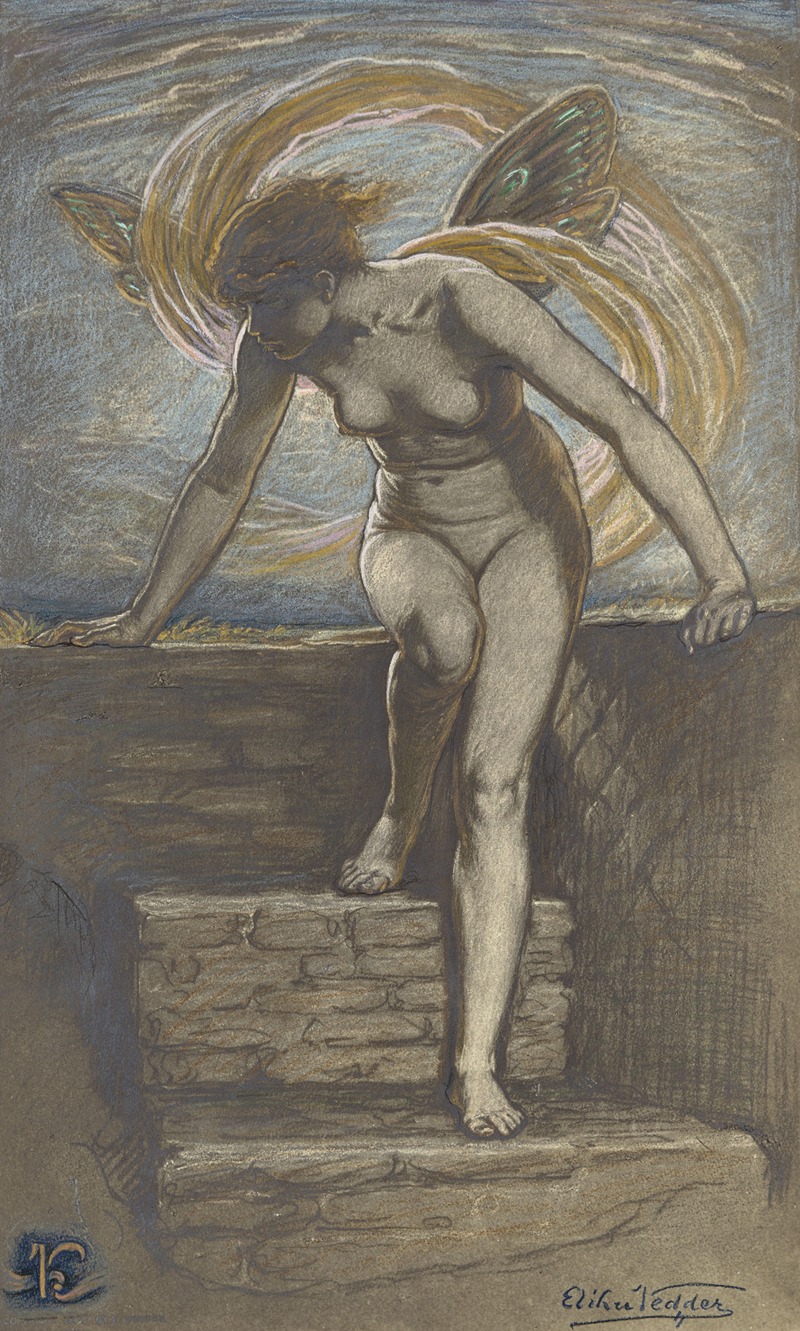
Dawn
A hand-painted replica of Elihu Vedder’s masterpiece Dawn, meticulously crafted by professional artists to capture the true essence of the original. Each piece is created with museum-quality canvas and rare mineral pigments, carefully painted by experienced artists with delicate brushstrokes and rich, layered colors to perfectly recreate the texture of the original artwork. Unlike machine-printed reproductions, this hand-painted version brings the painting to life, infused with the artist’s emotions and skill in every stroke. Whether for personal collection or home decoration, it instantly elevates the artistic atmosphere of any space.
Elihu Vedder's painting "Dawn" is a notable work by the American symbolist artist, who was active during the late 19th and early 20th centuries. Vedder, born in 1836, was known for his mystical and allegorical style, often drawing inspiration from literature, mythology, and his own philosophical musings. "Dawn" exemplifies his unique approach to art, combining elements of symbolism and romanticism.
"Dawn" was created during a period when Vedder was heavily influenced by his travels and studies in Europe, particularly in Italy, where he spent a significant portion of his life. The painting reflects his fascination with the themes of transition and transformation, which are common motifs in his body of work. Vedder's interest in the metaphysical and the spiritual is evident in "Dawn," as he often sought to explore the deeper meanings behind everyday phenomena.
The painting itself depicts the early morning light breaking over a serene landscape, capturing the moment of transition from night to day. Vedder's use of color and light in "Dawn" is particularly striking, as he employs a palette that ranges from deep blues and purples to warm oranges and yellows, effectively conveying the gradual emergence of daylight. The composition is carefully balanced, with the horizon line drawing the viewer's eye across the canvas, inviting contemplation of the natural world and its cycles.
Vedder's technique in "Dawn" showcases his skill in blending realism with imaginative elements. While the landscape may appear realistic at first glance, closer inspection reveals subtle symbolic details that hint at deeper meanings. This interplay between the real and the imagined is a hallmark of Vedder's style, and "Dawn" serves as a prime example of his ability to infuse his work with layers of meaning.
Throughout his career, Vedder was associated with the American Renaissance movement, which sought to create a national art that was both distinct and reflective of broader cultural and philosophical currents. His work, including "Dawn," often drew upon classical and literary sources, aligning with the movement's emphasis on intellectual and artistic synthesis.
"Dawn" is also indicative of Vedder's broader artistic philosophy, which was influenced by his interest in theosophy and other spiritual movements of the time. He believed that art should transcend mere representation and engage with the viewer on a deeper, more introspective level. This belief is evident in "Dawn," where the interplay of light and shadow, along with the serene yet enigmatic landscape, encourages viewers to reflect on the nature of beginnings and the passage of time.
Elihu Vedder's contributions to the art world extend beyond his paintings. He was also an accomplished illustrator, most famously known for his illustrations of Edward FitzGerald's translation of "The Rubaiyat of Omar Khayyam." His work in both painting and illustration has left a lasting impact on American art, and "Dawn" remains a testament to his skill and vision as an artist.
In summary, "Dawn" by Elihu Vedder is a significant work that captures the artist's fascination with the themes of transition and transformation. Through his masterful use of color, light, and symbolism, Vedder invites viewers to explore the deeper meanings behind the natural world's cycles, reflecting his broader artistic and philosophical interests.






